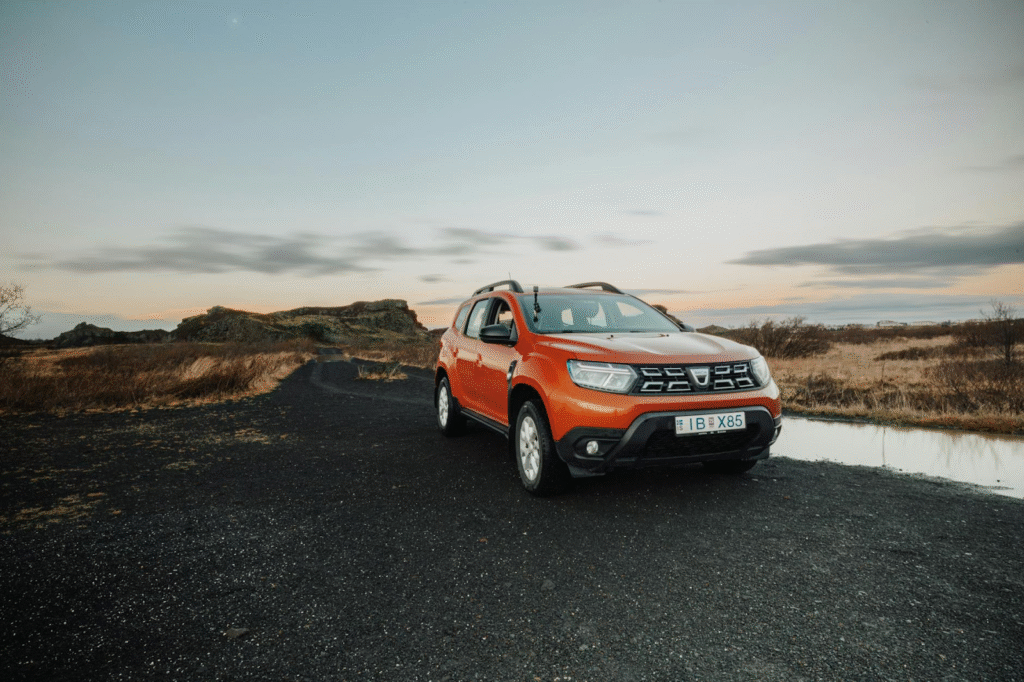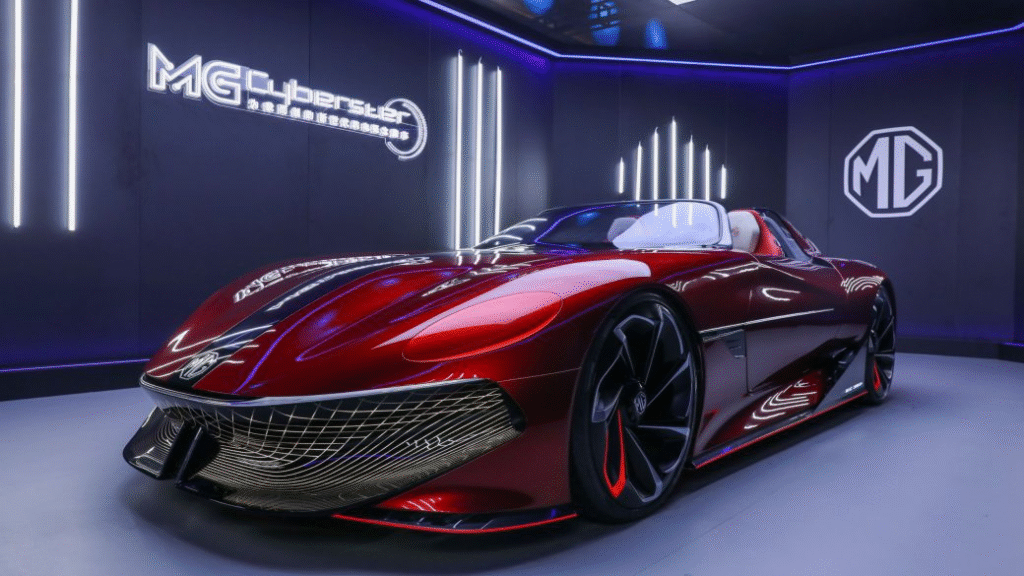The second-generation Volkswagen T-Roc is all set to debut with an all-new hybrid powertrain, marking an important milestone for the German automaker. This update makes the T-Roc not just a stylish compact SUV but also one of the first Volkswagen hybrid SUVs designed to meet growing global demand for more efficient vehicles. Built on the MQB Evo platform, the 2025 T-Roc will offer both petrol and diesel engines alongside the new hybrid setup, providing flexibility to customers across different markets.
Volkswagen CEO Thomas Schäfer noted that rising interest in hybrid vehicles in markets like South America, China, and the U.S. influenced the decision to launch the Volkswagen T-Roc hybrid. This move comes at a time when EV adoption is slowing down, making hybrids a practical bridge between conventional combustion engines and a fully electric future. For India, buyers are already curious about the T-Roc price in India, with expectations that the hybrid version will attract urban SUV enthusiasts who want style with efficiency.
In terms of design, the new Volkswagen T-Roc borrows cues from the larger Tiguan with its bold grille, connected LED light bar, and pronounced wheel arches. The cabin is also set for a major upgrade, with reports hinting at a freestanding digital instrument cluster and a larger infotainment system, similar to other Volkswagen upcoming cars in India. These changes reflect Volkswagen’s intent to keep the T-Roc modern and competitive in a crowded SUV market.
While the Volkswagen T-Roc 2025 looks promising with its hybrid efficiency and premium features, it also carries the significance of being one of Volkswagen’s last new combustion-engine models. Industry reports suggest that this could be the company’s final SUV launch before fully focusing on electric mobility. With growing anticipation around the Volkswagen T-Roc launch, it is clear that this SUV is more than just a facelift—it is a statement of Volkswagen’s strategy for the future.




